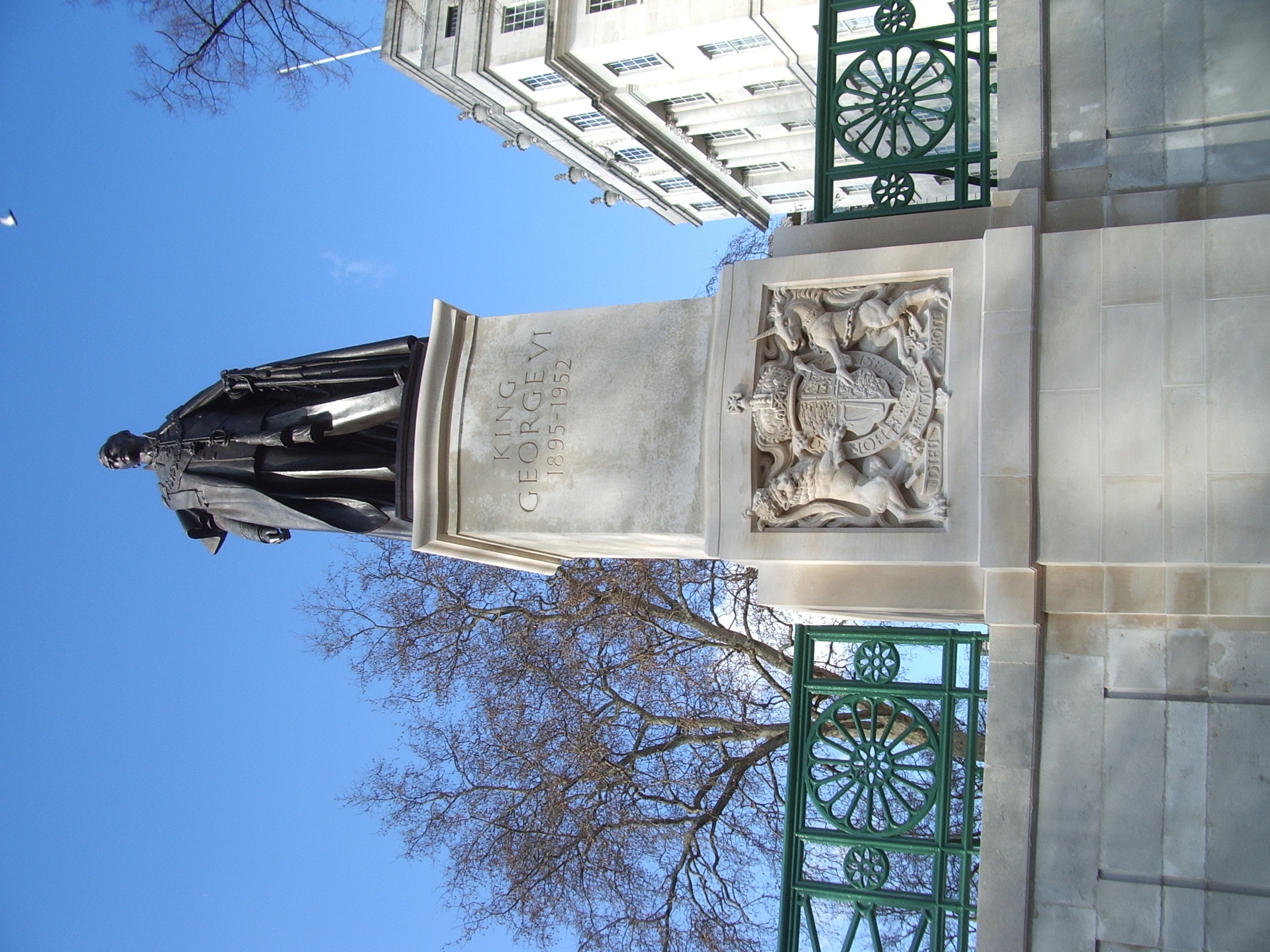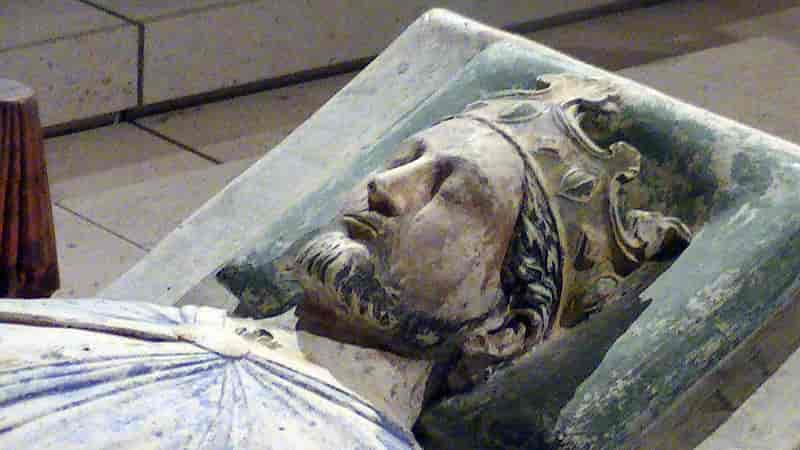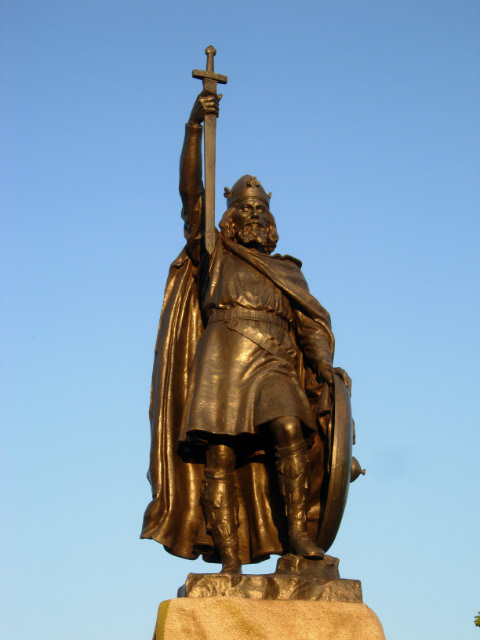Following the Glorious Revolution of 1688, Britain went from an “absolute” monarchy to a “constitutional” monarchy. This meant that the powers of the sovereign were limited by the Bill of Rights of 1689 and the Act of Settlement of 1701.
Nevertheless, our Monarchs have always shown an unparalleled capacity for leadership. These abilities have often been demonstrated in times of conflict, such as in 1588 when the Spanish Armada was closing in on Britain (during which Elizabeth.
I made her famous Tilbury speech) or during the Second World War. Both instances are prime examples (when the stammering George VI gave the nation strength).
However, during times of transition and when our politicians are ineffective, our sovereigns serve as a source of stability and inspiration.
Queen Victoria, who reigned at the height of the empire, and Queen Elizabeth II, who kept a country together for the last seven decades while it sought a new identity after the kingdom’s end, are excellent examples.
Table of Contents
10. George VI (1895-1952)

Albert Frederick Arthur George Saxe-Coburg-Gotha was king. He was George V’s and Victoria May’s second son. Bertie was Albert’s nickname.
At age 8, he stammered and knocked on his knees. His instructors pushed him to write left-handed. Albert graduated from Osborne and joined the Royal Navy in 1909.
As a midshipman, he served aboard HMS Collingwood during Jutland. In 1919, he joined the RAF and became a pilot. Duke of York in 1920 He repeatedly proposed to Lady Elizabeth Bowes-Lyon.
They married in 1923. Elizabeth (1926) and Margaret (1930) were born to them. Albert had public speaking obligations, yet he stammered.
His wife helped him. Australian speech therapist Lionel Logue helped Albert. Edward replaced Albert’s father after his death in 1936. Edward loved twice-divorced Wallis Simpson.
Trying to marry her was illegal. He visited France, North America, and the U.S. Franklin Roosevelt’s isolationist stance. The US joined the war when Japan struck Pearl Harbor. King and Roosevelt were close.
The war exacerbated King George VI’s many ailments. His smoking caused lung cancer and lung excision. Thrombosis killed him in 1952. He was buried at St. George’s Chapel’s King George VI Memorial Chapel.
Check out also: Top 10 Best, Most Famous Packaged Fruit Juices In The World
9. Queen Victoria (1819-1901)

Prince Edward, Duke of Kent and Strathearn, and Princess Victoria of Saxe-Coburg-Saalfeld had a daughter named Alexandrina Victoria.
She was named ‘little Drina’ At 3, she learned the ABCs. She was evaluated at 11 to see whether she was fit to reign. Scripture, catechism, English, history, Latin, and math were taught to her.
Her test went well. In 1837, King George III died. She became queen. 1838 saw her coronation in 1840. Victoria married Prince Albert of Saxe-Coburg-Gotha.
She became pregnant right away and had nine kids in 17 years. Afghanistan, China, and the Irish potato famine early in her rule killed millions. Crimean War and Indian insurrection in British India followed.
She died in 1901. She was buried near Prince Albert, who died in 1851, at Frogmore, Windsor Great Park.
8. Mary II (1662 -1694)

Mary was the daughter of King James II and Anne Hyde. Lady Frances Villiers taught her. Music, dancing, sketching, French, and religion were emphasized.
Mary married William III, Prince of Orange, at 15 for political reasons. She got pregnant quickly but miscarried. Medical complications prevented her from carrying a child to term. Therefore, she and William never had kids.
People adored her, unlike her distant husband. Mary was next in line to rule England, but she didn’t want to. 1689’s Declaration of Rights promised joint sovereignty. The Bill of Rights marginalized sovereign authorities.
They accepted the Scottish crown a month later. The Nine Years War dominated William’s early reign (1688-1697). Mary controlled the kingdom alone without expertise in history, geography, or the law.
In 1694, Mary died. She influenced English ceramics, landscaping, and interior design. William tried to protect France from dominating Europe. In 1702, he died. His wife was interred at Westminster Abbey. Without heirs, Anne became queen.
7. William III and Mary II

William was the only child of William II, Prince of Orange, and Mary, Princess Royal, Charles I’s oldest daughter. William was born Prince of Orange since his father died eight days earlier.
His schooling was from Dutch governesses and a Calvinist pastor. At age 9, he joined Leiden University. He spent seven years there unofficially.
King Charles, I became William’s protector when his mother died of smallpox in 1660. The monarch sought his grandson’s health as a Second Anglo-Dutch War peace condition.
Johan de Witt, Grand Pensionary, taught William state topics regularly. William sought to repair his relationship with France, so he married Mary, the daughter of the Duke of York, afterward King James II.
https://www.youtube.com/watch?v=V30MWp9oCBs
6. Charles II (1630-1685)

Charles was the oldest surviving child of Charles I and Henrietta Maria of France. Latin, Greek, and algebra were taught to Charles. Charles’ childhood was busy.
When his father lost at Edgehill in 1640, he fled to France with his exiled mother. His father lost at Preston in 1648. Captured, he was beheaded in 1649.
Scottish Parliament crowned Charles II in 1649. Charles was defeated by Oliver Cromwell in the Battle of Worcester in 1651. He escaped to Europe and spent nine years in France, the Netherlands, and Spain.
Cromwell ruled England, Scotland, and Ireland. His death in 1658 restored the monarchy. Charles returned. Charles became king in 1660.
Charles married Catherine Braganza in 1662. Her dowry of Tangier and the Seven Islands of Bombay shaped the British Empire in India. Catholic and Anglican rituals were conducted.
Charles was embroiled in various skirmishes with the Dutch and French, signing the Treaty of Breda and the Treaty of Dover with both, and died in 1685. Westminster Abbey buried him.
https://www.youtube.com/watch?v=srzpGVzlvaU
5. Elizabeth I (1533-1603)

Elizabeth Tudor was Henry VIII and Anne Boleyn’s second child. Two-year-old Elizabeth’s mother was beheaded. Catherine Ashley taught her French, Dutch, Italian, and Spanish.
Edward VI became king after her father’s death. Before he died, he disobeyed the Act of Succession, and Lady Jane Grey became queen. Her nine-day rule was questioned.
Henry VIII’s daughter by, Catherine of Aragon, became queen. Three years. She distrusted Elizabeth and imprisoned her. Elizabeth succeeded Mary in 1558.
She spent three months in jail. She had issues. Protestants and Catholics split England. Spain, France, and Scotland threatened England.
In 1559, Elizabeth passed the Act of Supremacy, which re-established the Church of England, and the Act of Uniformity, which created a single prayer book.
The Thirty-Nine Articles of 1563 were her compromise between Catholicism and Protestantism. Elizabeth sought peace for England.
Sir Francis Drake headed the world’s mightiest fleet. 1588’s “Spanish Armada” was defeated. One of England’s most significant military successes.
Elizabeth d. 1603 She never married and was known as the Virgin Queen. She was buried beside Mary at Westminster Abbey.
https://www.youtube.com/watch?v=pV2GKPtnlTo
Check out also: 10 Best Things of Grand Canyon, Arizona to Enjoy
4. Henry VIII (1491-1547)

King Henry VII and Elizabeth of York had Henry Tudor. Theology, music, and languages were his majors. At 10, Henry became Duke of Cornwall, New Prince of Wales, and Earl of Chester.
Henry ruled in 1509. Catherine of Aragon, his brother’s widow, was first refused, but he married her. After 20 years, he was frustrated Catherine hadn’t given him a son.
He divorced. Pope denied. In 1534, with Parliament and the clergy’s support, he proclaimed himself Supreme Head of the Church of England and initiated the Act of Appeals, Act of Succession, and Act of Supremacy.
Henry married five times in the following decade: Anne Boleyn, Jane Seymour, Anne of Cleves, Catherine Howard, and Catherine Parr (1543).
Elizabeth Boleyn and Edward Seymour were his children. Boleyn and Howard were beheaded for adultery, and he dissolved his marriage to Cleves.
Until 1547, he was with Parr. He was buried in St. George’s Chapel at Windsor Castle next to Jane Seymour. Edward Seymour, 1st Earl of Hertford, was named Lord Protector of the Realm by Henry when his son was nine.
https://www.youtube.com/watch?v=1xW7BhEBeEA
3. Edward I (1239-1307)

Henry III and Eleanor of Provence had Edward first. He learned hunting, riding, sword, and lance. He was nicknamed ‘Long Shanks’ for his height.
At 15, his father arranged political marriage to 13-year-old Eleanor of Castile to assert English control over Gascony. Edward’s youth was difficult.
His father liked battle; therefore, in 1264, during the Battle of Lewes, he was held captive to secure his father’s peace. Simon de Monfort, a rebel leader, founded the Great Parliament in 1265 so towns and burghs could vote on taxes.
Edward fought insurgents after escaping. The 1267 uprising ended when Montfort was slain. During the Ninth Crusade, Edward arrived at Acre.
He halted the Baibars. Edward’s father perished on Crusade in 1272. Edward became king in 1274. Edward ruled England, Wales, and Scotland.
Parliament became a permanent part of English politics. Wealthy ‘untitled’ members formed a House of Commons. Edward invaded Wales in 1277 and killed Llywelyn ap Gruffudd in 1282 at Orwin Bridge.
Edward fought Falkirk in 1298. Bruce led a Scottish uprising in 1304. Edward died in 1307 at Burgh-on-Sands. His tombstone reads “Hammer of the Scots.” Keep Faith”.
https://www.youtube.com/watch?v=1AcwAyA8COw
2. Richard I (1157-1199)

Henry II and Eleanor of Aquitaine had a son named Richard. His mother moved between England and France. Richard, 15, was named Duke of Aquitaine and Count of Poitiers and ruled alongside his mother.
He was a poet and songwriter. Richard declined his father’s peace offer. He eventually caved. Richard’s father handed him an army to secure his realm. Richard defeated Castillon-sur-Agen after a two-month siege.
His strong leadership earned him the nickname Lionheart. Richard succeeded Henry II in 1189. He seized Cyprus in the Third Crusade.
Richard established a three-year peace arrangement with Saladin, allowing Christian pilgrims to visit Jerusalem. Richard married Queen Berengaria of Navarre in Cyprus in 1191.
They returned to England individually. Shipwrecked Richard. He was seized and held for ransom while traveling a risky land route. His mother released him.
He was recrowned in 1194 to erase his jail humiliation. Richard’s wife never saw him again. A crossbow bolt killed Richard at Chalus in 1199.
His heart was buried at Rouen, Normandy, his entrails in Chalus, and his corpse in Fontevraud Abbey in Anjou. Richard’s Third Crusade victories are well-known. He introduced England’s national emblem, the Royal Arms (three lions).
https://www.youtube.com/watch?v=UCQlvpTu6M0
1. Alfred the Great (AD 849-899)

King Ethelwuf of Wessex and his first wife, Osburh, had the youngest son, Alfred. His father took him to Rome when he was four years old to earn Pope Leo IV’s favor.
Alfred returned a year later and learned that his mother had passed away. Mother and son Albert got along well. He disregarded his schooling when she passed away.
He didn’t begin reading until he was twelve years old. Following the death of Alfred’s father in AD 858, Ethelbald, Ethelbert, and Ethelred took over as kings.
Ethelred was the ruler in AD 867. Albert aided several of his conflicts. Following the war in Mercia, Alfred became engaged and married a Mercian lady named Ellsworth.
Ethelred was slain in the battle of Basing in AD 871, and Alfred took over as king. He assaulted the Wilton Vikings and paid them a ransom to end the conflict. A Viking monarch named Guthrum attacked the land and at sea between AD 875 and 876.
Guthrum broke his vowed promise after Alfred attempted a ransom, prisoner swap, and a solemn agreement. He assaulted Alfred while he was enjoying the Christmas holiday.
Athena served as Alfred’s haven after his escape. At Edington, he led a victorious assault and pursued Guthrum to his camp at Chippenham. Guthrum gave up after two weeks.
Alfred pushed him to become a Christian and be baptized. Alfred gave him the name Athelstan after Guthrum approved. During the brief period of peace, Alfred carried out some of his objectives, including reforming the army and establishing public schools and defensive fortifications in some towns.
Around 899, Alfred died. He paid for the Anglo-Saxon Chronicles, a book that details the development of the English language. Alfred was granted the title “The Greatest” in the sixth century.
Top 10 Lists of the people, things, places, most expensive, animals, most popular, luxury and high rankings of world. World's Top Insider focuses on the top ten lists of best, greatest and top rankings in the world.


